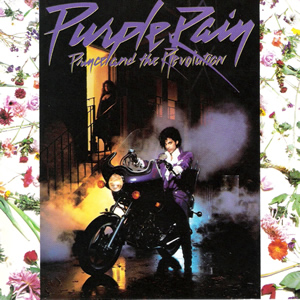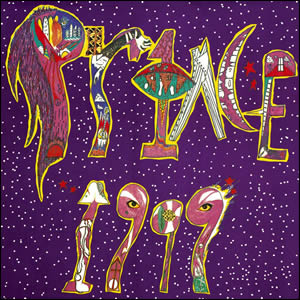Purple Rain by Prince
Buy Purple Rain Prince reached the pinnacle of his success in 1984, with the release of the musically potent Purple Rain to accompany the major motion picture of the same name. The sixth […]

Buy Purple Rain Prince reached the pinnacle of his success in 1984, with the release of the musically potent Purple Rain to accompany the major motion picture of the same name. The sixth […]

Buy 1999 1999 is a double-length album by Prince, released in late 1982. The album was born out of an extremely prolific songwriting period when there was reportedly four albums worth of material […]